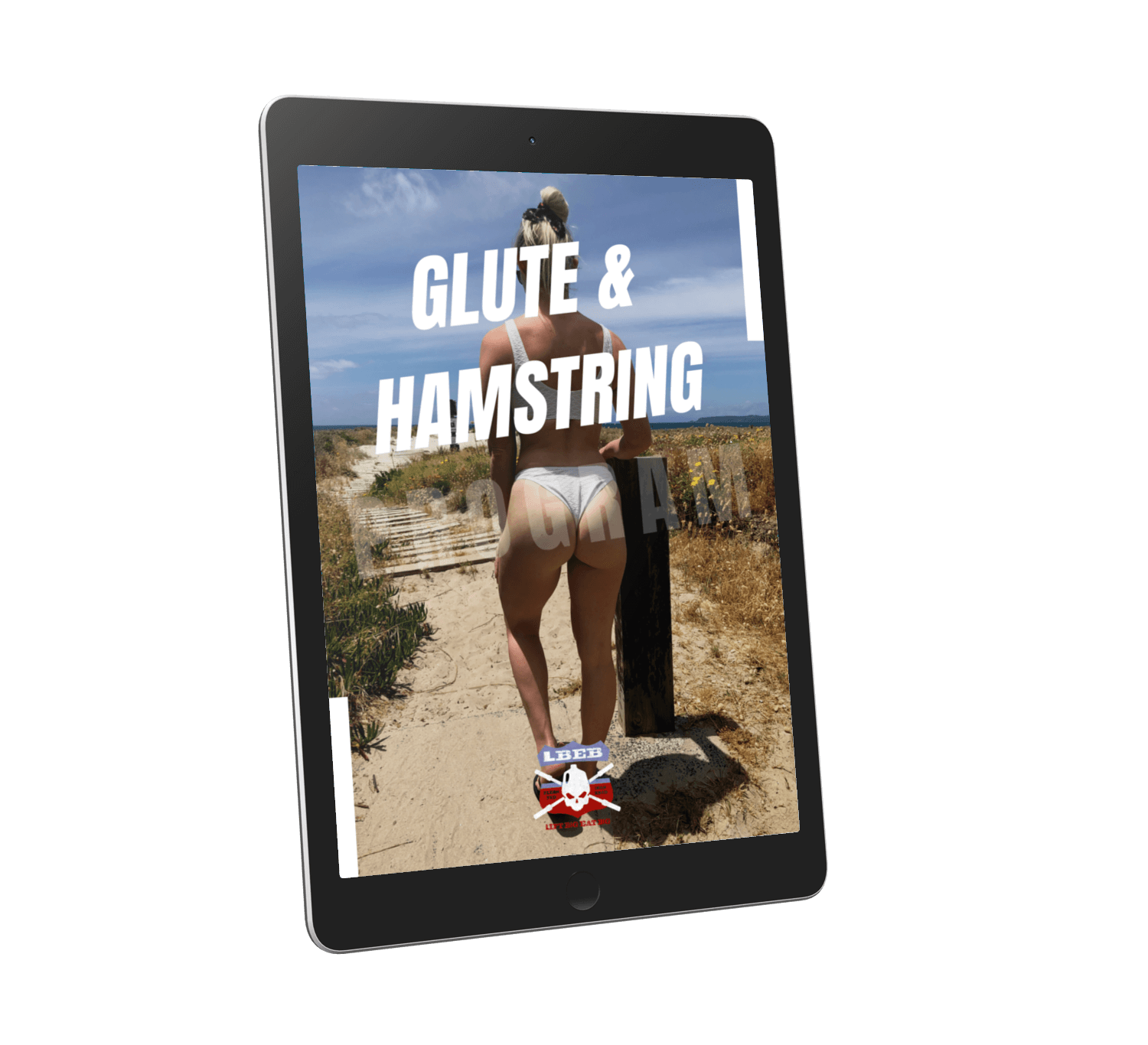You’ve been hitting spin classes consistently on the quest for building your beach body. But one body part is lagging as you sculpt your Greek statue. Your glutes. Is cycling enough to give you the booty of your dreams?
Cycling does not build your glutes as it does not satisfy the main mechanisms of building muscle. Further, there is a limited range of motion for the glutes when cycling, providing little glute involvement.
So, why would you cycle to build your glutes, and will cycling too much give you a flat butt?
Table of Contents
Does Cycling Build Glutes?
Cycling does not build your glutes to any significant degree. When cycling, you’re stuck in hip flexion with minimal hip extension as you push against the pedal. This action doesn’t exert large enough forces or allow enough range of motion to get a bigger butt.
To build your glutes, you must satisfy a few criteria:
- Focus on hip extension, squats, and lunge-type exercises.
- Maximize mechanical tension by lifting heavy loads through a full range of motion or light loads close to failure.
- Induce metabolic stress through high-repetition training.
- Eat at a caloric surplus.
Cycling does not satisfy the main mechanisms of gaining muscle. Firstly, you must lift heavy or light weights through a full range of motion closer to failure [1][2].
Associated with this is metabolic stress, which is the “burning” sensation you get during the last few reps of a challenging exercise set.
This burning sensation is the build-up of by-products from energy production, stimulating muscle growth but negatively affecting force production [3]. These mechanisms together maximize the muscle growth response.
Further, there is no eccentric contraction which has better outcomes on strength than exercises with only concentric actions [7].

It’s also important to note that the largest glute muscle, the gluteus maximus, is only used when the force requirements are high enough. As load increases when squatting, lunging, or deadlifting, so do the contributions from the glutes [4].
Therefore, lifting heavier loads for glute development becomes essential. Further, cycling is a cardiovascular activity. Cardiovascular activity sends molecular signals opposing muscle-building signals.
The AMPK pathway, in layman’s terms, is the molecular pathway activated during and after endurance training resulting in improved cardiovascular fitness [5]. The pathway we want to activate to build muscle is the mTOR pathway which, in layman’s terms, is the muscle-building pathway.
Unfortunately, stimulating the AMPK pathway and other molecular processes with cardio inhibits the signaling of the mTOR pathway [5][6].
This lasts up to 3 hours before returning to baseline, and the strength of the signal to the endurance pathway depends on the cardio exercise’s volume and intensity. That means the longer the duration and the higher the intensity, the greater activation of AMPK.
This makes cycling a poor choice for building the glutes.
Does Cycling Make Your Bum Flat?
Cycling itself won’t make your bum flat. But sitting on it for hours cycling and not doing any weight training targeting the glutes will likely lead to flat butt syndrome. If you’re cycling as your cardio to supplement your weight training, you won’t have this problem.
Does Stationary Cycling Build Glutes?
Stationary cycling, like regular cycling, won’t build your glutes. One advantage of a stationary bike is you can crank the resistance up easily and stand, increasing the amount of hip extension. However, you’re better off using other exercises for targeting the glutes.
Summary
Choose weight training over cycling if your goal is to build your glutes. Target your glutes with exercises like hip thrusts, glute bridges, Romanian deadlifts, and deep squats.
References
1. Schoenfeld, B. J. (2010). The mechanisms of muscle hypertrophy and their application to resistance training. The Journal of Strength & Conditioning Research, 24(10), 2857-2872.
2. Schoenfeld, B. J., Grgic, J., Van Every, D. W., & Plotkin, D. L. (2021). Loading recommendations for muscle strength, hypertrophy, and local endurance: a re-examination of the repetition continuum. Sports, 9(2), 32.
3. Schoenfeld, B. J. (2013). Potential mechanisms for a role of metabolic stress in hypertrophic adaptations to resistance training. Sports medicine, 43(3), 179-194.
4. Beardsley, C., & Contreras, B. (2014). The increasing role of the hip extensor musculature with heavier compound lower-body movements and more explosive sport actions. Strength & Conditioning Journal, 36(2), 49-55.
5. Baar, K. (2014). Using molecular biology to maximize concurrent training. Sports Medicine, 44(2), 117-125
6. Beardsley, C., & Contreras, B. (2014). The increasing role of the hip extensor musculature with heavier compound lower-body movements and more explosive sport actions. Strength & Conditioning Journal, 36(2), 49-55.
7. Dudley, G. A., Tesch, P. A., Miller, B. J., & Buchanan, P. (1991). Importance of eccentric actions in performance adaptations to resistance training. Aviation, space, and environmental medicine, 62(6), 543-550.

